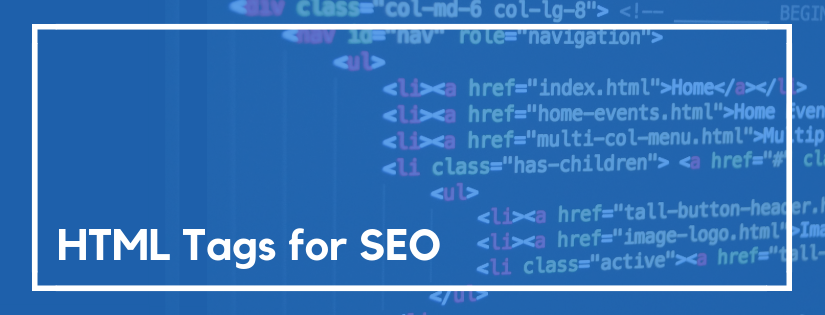
A website’s goal is to generate traffic. And most of them come from search engines. Using HTML tags for SEO is one of the best ways to engage an audience. These tiny script snippets are significantly more important than you believe.
What Are SEO HTML Tags?
Tags are short HTML snippets that inform search engines how to “read” your material. Adding SEO tags to HTML can greatly improve search engine visibility. When a search engine crawler visits your site, it looks at the HTML tags. This data helps search engines like Google understand your content and categorize it.
So, let’s have a look at some SEO HTML tag list. These are essential aspects for your website.
-
Title Tags
The title is maybe the most crucial HTML tag for SEO. This is how Google and Bing see your page. Every search engine result is derived from the title tag.
That is, your title tag is vital to both SEO and human search. Search engines and users will use this information to find specific topics. Optimising title tags is worthwhile. Make content searching easier for humans and search engines.
-
Edit Meta Description Tags
The meta description tag is also crucial for SEO. Like titles, this data appears in Google search results. Look for any search under the link. The title usually pulls from the description tag. It’s great if you utilize your keyword in the title as well as the meta description element. It helps search engines index your material.
-
Don’t overlook header tags
Header tags are commonly used to make material simpler to read. In actuality, most visitors will skim your information for 15 seconds or less. Headers help these people find what they need quickly. Header tags are also used by search engines to separate material and create featured rich snippets.
-
Image Alt Tags
Using visuals to engage the audience is vital. Using graphics in your articles can increase views by 94%.Sadly, search engines can’t tell what photos mean. That’s when the ALT tag comes into play. The ALT tag tells search engines what the image is about. Also, picture searches may be less visible.
-
Linking
Quality backlinks are only part of SEO. You should also focus on internal and external links. Consider utilizing “no follow” links. This links to a page but encourages search engines to ignore it. That is, you won’t help an external site’s domain authority. The link will still work, but not in search results. It allows readers to share links without affecting the other page’s SEO.
-
Tags Open Graph
Open graph tags help social media search and display better. If your article is shared on Facebook, the open graph will display information. Open graph also includes explanations and photos. It simply allows you to customize your social media sharing options. Remember, relevancy is key.
-
Tweet Cards Tags
Open graph isn’t the only option. Twitter has its own platform called “Cards.” Twitter Cards work like OG cards, except they’re for Twitter. Twitter Cards can contain titles, photos, video players, site names, and even authors. And, given how frequently material is posted on Twitter, you should optimize your Cards to maximize the tags.
-
When to Use Canonical Tags
A website can be accessed in various ways. These can all connect to the same site:
- http://www.yourwebsite.com
- https://www.yourwebsite.com
- http://yourwebsite.com
- https://yourwebsite.com
Canonical tags are highly useful in terms of rankings. These basically tell Google which websites you value the most. This is a useful HTML tag for SEO, especially if you want to promote a certain URL.